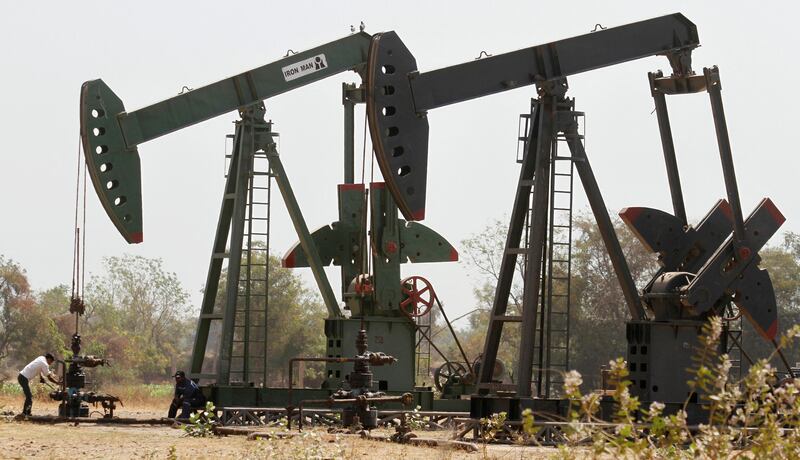Opec, the crude oil exporters group, maintained its forecast that world oil demand will exceed pre-pandemic levels in 2022, but said Russia’s military offensive in Ukraine, developments related to the coronavirus pandemic and inflationary pressures pose a considerable risk.
The group maintained its oil demand forecast for this year at 3.36 million barrels per day, unchanged from the previous month's forecast.
Global oil consumption in 2022 is projected to average 100.29 million bpd, with demand exceeding 2019 levels by 0.09 million bpd.
“Current geopolitical developments and the uncertain roll-out of the pandemic towards the end of the second half of the year continue to pose a considerable risk to the forecast recovery to pre-pandemic levels,” Opec said in its monthly oil market report on Tuesday.
“Inflationary pressures are likely to persist and it remains highly uncertain as to when geopolitical issues may be resolved.”
Opec revised down demand growth for the second quarter but said demand will pick up in the second half during the summer holiday and driving season.
Geopolitical and economic uncertainty is mounting around the world after Russia’s military offensive in Ukraine, with inflation also rising due to higher commodity prices and supply chain disruptions.
In April, the International Monetary Fund lowered its 2022 growth forecast to 3.6 per cent, from its previous estimate of 4.4 per cent in January.
The World Bank also slashed its growth forecast for the global economy for the second time this year as the Ukraine war, now in its fourth month, exacerbates the slowdown from the Covid-19 pandemic.
The lender lowered its growth estimate for 2022 to 2.9 per cent, from its April projection of 3.2 per cent, as the escalating geopolitical crisis threatens to lead to a “protracted period of feeble growth and elevated inflation”, the multilateral lender said in a report on Tuesday.
The latest forecast is significantly lower than the January estimate of 4.1 per cent and a deceleration from the 5.7 per cent expansion recorded in 2021.
Inflation is at a 40-year high in the US and the UK. It hit a record in the euro area in April and is rising globally.
China, the world's top oil importer, is reintroducing some Covid-19 restrictions as cases surge in the capital Beijing, which could affect demand. Authorities are carrying out mass testing to prevent the spread of the disease as the Chinese government continues to pursue its “zero Covid” strategy.
Earlier this month, the Opec+ super group decided to increase its July and August output to 648,000 bpd, boosting supply by about 50 per cent. This will bring an additional 216,000 bpd on top of its scheduled 432,000 bpd coming to the market next month.
Opec and its allies, including Russia, are unwinding record output cuts put in place in 2020.







